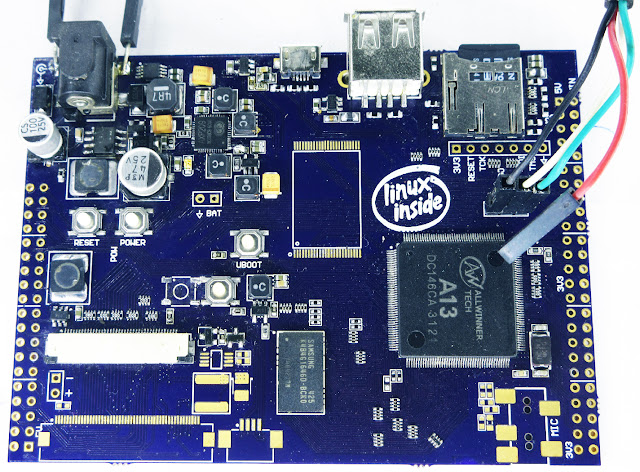This post is going to be 4th part in series of making a Linux capable ARM Board at home. click First, Second and Third to go to previous Parts,so lets start.
what is a Bootloader, Why do we need it?
a boot loader is a program which is the first one to be executed by the CPU. it severs some very specific purpose "configuring few very essential things before loading the main program (may be OS) into main memory" , that is why it is called boot loader. depending on needs boot loader may do some other task(we will cover them here).
there are various shape and sizes of the bootloaders , they all serve almost same purpose.

















.JPG)


.png)
.jpg)
